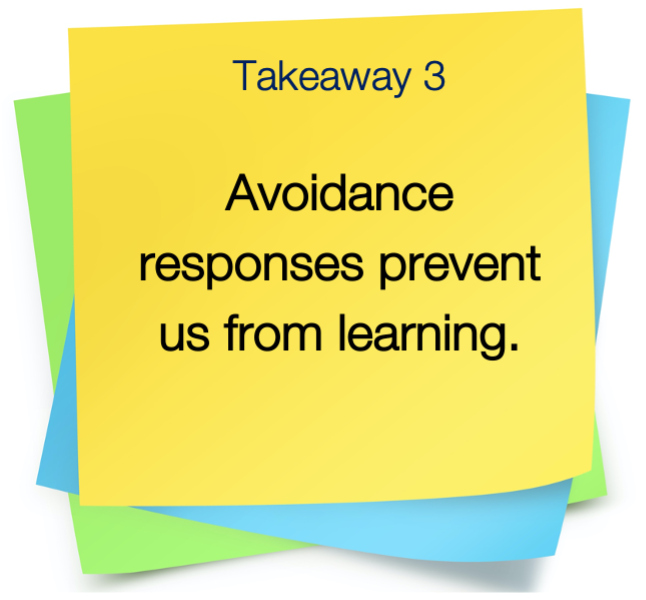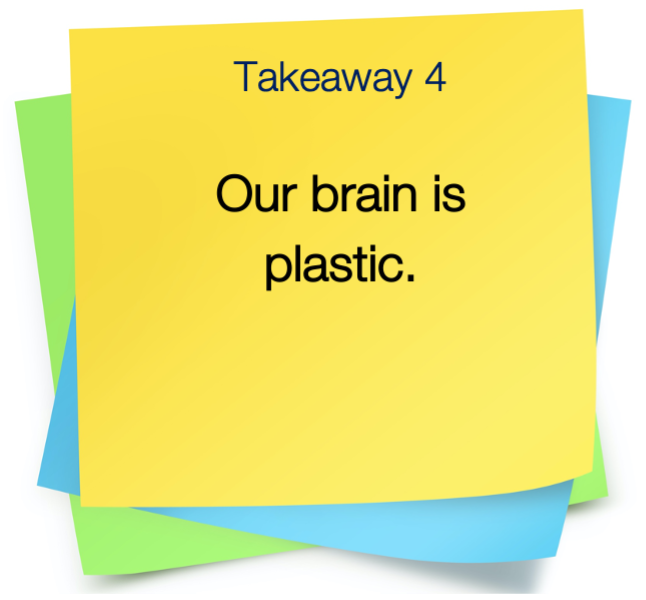Communication between subcortex and cortex
To understand how engagement works in our brain, we must look at the connections between the subcortex and the cortex. The cortex is a thin sheet of neurons forming the outer bark of the brain. The subcortex consists of multiple structures lying deeper in the brain (see Figure 1).









